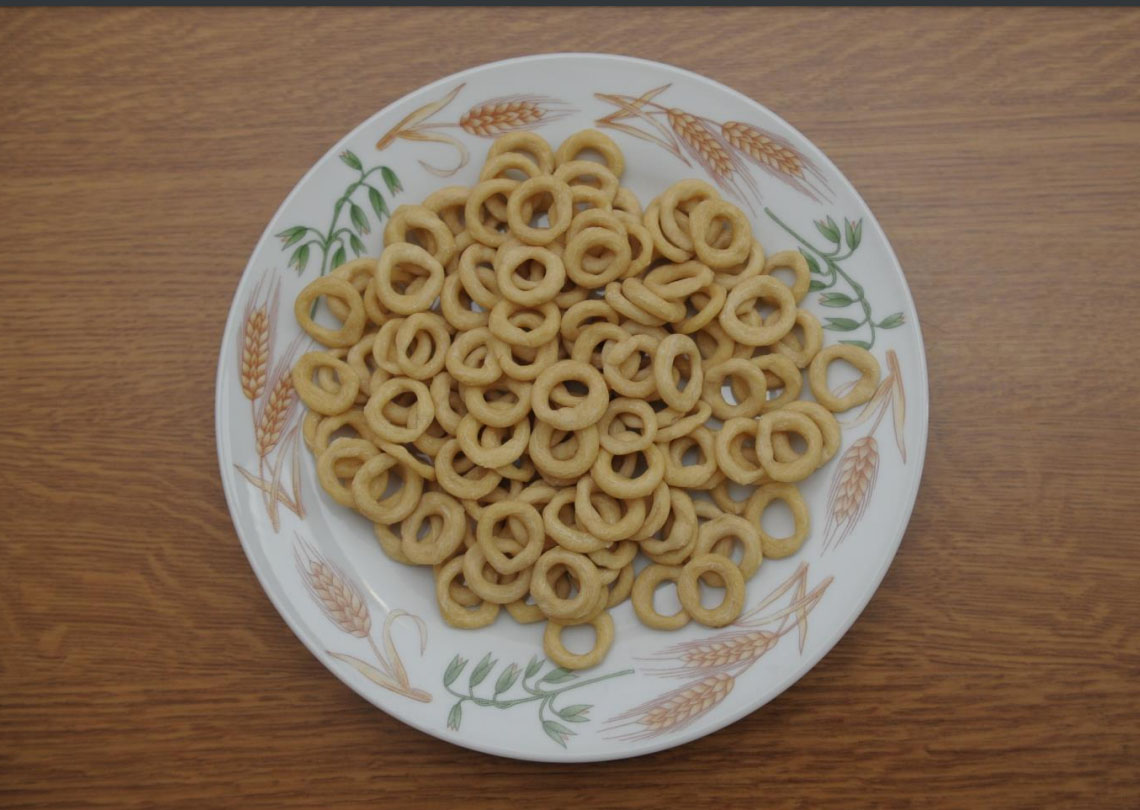The addition of Cypriot pasta tertziellouthkia to the European Commission’s protected geographical indication (PGI) list for food and beverages has been welcomed by the agriculture ministry.
This is a move that “not only conserves their unique identity, but also showcases Cypriot gastronomy and tradition beyond Cypriot borders”, the ministry said on Thursday.
Tertziellouthkia are a type of pasta made by mixing durum wheat flour, or wholewheat flour, with semolina, water and salt.
The pasta’s shape resembles a “terzielli” (small ring) and is what has given the product its name.
“The reputation of tertziellouthkia is due both to their characteristics, which indicate the craftsmanship of the maker, as well as to the simplicity of their composition and the way they are consumed,” the ministry added, “which established them as a link to fasts and celebrations as well as various social events such as weddings”.
An important stage in the production process is the resting of the dough, which also contributes to the product’s specificity. The resting time determines the dough’s elasticity, which in turn plays a key role in the production process, making it possible to create its characteristic shape and resulting in their slightly rough texture.
Traditionally, tertziellouthkia were served for fasts and feasts, as well as social events such as weddings. They are boiled in water and served with carob syrup, grape syrup or honey.
The ministry finally said that tertziellouthkia is slowly regaining a spot in the modern Cypriot diet, with the pasta always present at local markets and local festivals.







Click here to change your cookie preferences